In southern Africa, five countries maintain the largest cross-border nature conservation area in the world – in spite of all their political differences. One of the triggers for this cooperation was elephants. Too many elephants.
Water as far as the eye can see. Here, dugout canoes largely take the place of jeeps. The bowman steers with a long paddle through the canals that traverse the lush grassy landscape. A herd of elephants suddenly becomes visible on the bank. Young bulls romp around with each other, the elders observe the excitement of their offspring. Looking to the sky, a heron flies by, silently. "If you see that, you get goose bumps", says Dr. Ralph Kadel, from KfW Development Bank. He came to this area on behalf of the promotional bank for the first time in 1995, an area that later became the Kavango-Zambezi Transfrontier Conservation Area (KaZa). "There you forget everything that you have ever learned in Europe about time."
The place that Kadel describes is in the world's largest cross-border conservation park. Totalling 520,000 square kilometres, it covers a territory the size of France and the UK combined. KfW has supported the project as its main financial backer since 2004 on behalf of the German Federal Government.
Read more under the video.
(KfW Group / Thomas Schuch)
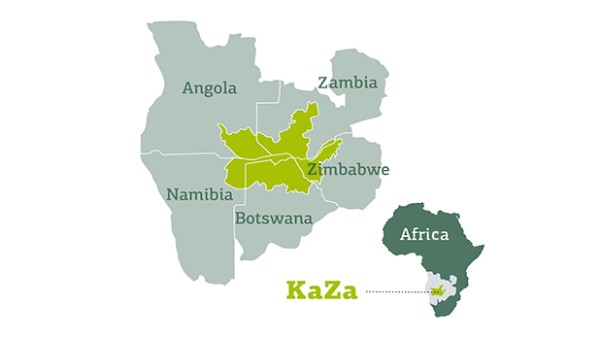
Green heart
In 2011, the KaZa Treaty was signed between five countries in Southern Africa. Since then, these nations have been bound by a common objective: conservation without borders.
In 2006, the heads of state in Angola, Botswana, Namibia, Zambia and Zimbabwe resolved to set up a joint conservation area. An official treaty was signed in 2011. The official inauguration of the KaZa Secretariat followed in March 2012. One of the main reasons for this mega project was elephants. Too many of these thick-skinned animals live in too small an area in Botswana. Both biodiversity and the local people are suffering because of the massive appetites of these grey vegetarians. Angolans, by contrast, would love to see a few more elephants in their neighbourhood. This is because elephants are popular. They attract tourists like magnets.
KaZa comprises 36 national parks and three World Heritage Sites, namely the Okavango Delta and Tsodilo Hillls in Botswana, and Victoria Falls in Zambia and Zimbabwe. This huge conservation area is designed to link the game reserves by means of corridors into one single natural environment, thereby enabling the animals to roam into former ranges. Natural corridors are being restored by opening the veterinary fences along the Caprivi Strip. The elephants' habitat is being expanded, and people as well as many other animals are benefiting. 50 amphibian species, 128 reptile species and almost 200 mammal species now live in this gigantic conservation area.
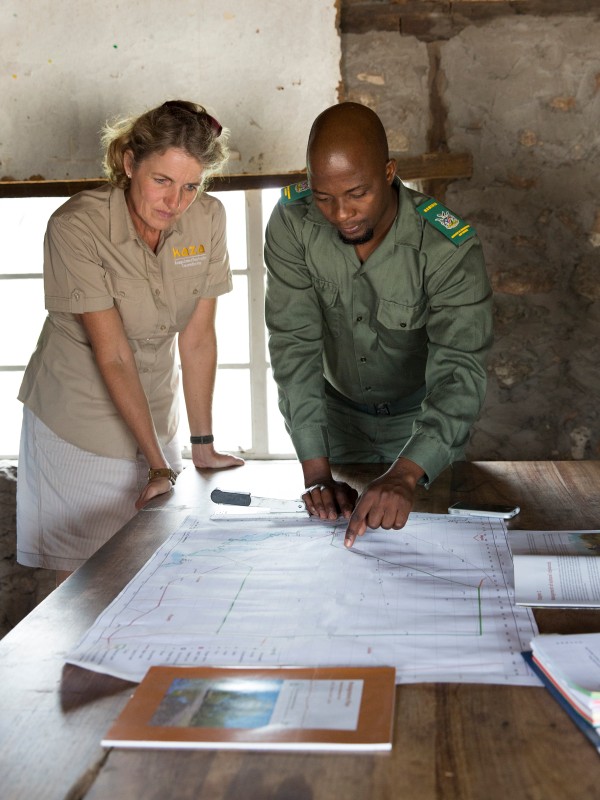
Strength in numbers
Conservation needs teamwork: Willem Ponahazo heads up the ranger station funded by KfW in the Mudumu National Park in Namibia. Lydia von Krosigk works at the KfW office in Windhuk.
In addition to conservation and preserving wildlife, another prime objective is promoting tourism, with a view to stimulating economic development in the region. The idea is to create jobs for the local people and thereby reduce poverty, whilst also improving relations between the countries involved. The rule of thumb is that roughly eight new tourists create one job. Politically speaking, the neighbouring countries have to be in agreement on many issues, such as border fences, conservation rules and dealing with wild animals. This should contribute to more peaceful dealings with one another.
On behalf of the German Federal Government, KfW has been financing the project with a total of EUR 41 million by now. "KaZa is a very ambitious and promising programme that is developing well in all areas", said KfW Project Manager Nils Meyer. But he estimated it could be another two decades or so until all of the set objectives are accomplished. According to Meyer, a lot of money was invested in the early years into setting up regional organisations. Now in the third phase of the project, land use planning, management and conservation of protected areas, reduction of human-wildlife conflicts and infrastructure are improved and projects such as site-appropriate farming or eco-tourism are more strongly promoted. This also includes a number of measures in response to the social, economic and ecological consequences of the Covid-19 pandemic.
It’s more than just tourism
Watch to learn just how important the KaZa area is for entire region (KfW Group/Thomas Schuch).
Elephants are a huge pull for tourists, but nevertheless have not enjoyed a good reputation everywhere: in 2011, Botswana's Minister for Environment Kitso Mokaila declared that his country had one of the largest elephant populations in Africa at 150,000, and that they are a threat to the environment and farming. The hungry elephants would gladly have turned their backs on Botswana, but the border fences between the neighbouring states blocked their traditional migration routes.
Since KaZa opened, an increasing number of elephants and other animal species have been able to roam again – without being hindered by barriers set up by people. Botswana's problem simply wandered off. And the KaZa parks in Zambia and Angola are becoming more popular for tourists again thanks to the incoming herds.
The Secretariat for the Southern African Development Community (SADC) applied for financial support from KfW Development Bank for all five of the member states. "That the five heads of state have succeeded in concluding a binding state treaty under international law sends an incredible signal from Africa", said Kadel.
Read more under the image gallery.
Focus on game trails
The KaZa Transfrontier Conservation Area comprises 36 game reserves in five neighbouring countries. This is a huge advantage for wild animals in particular that travel long distances on the search for food. Arbitrary borders that sometimes date from colonial times are no longer a hindrance for them.
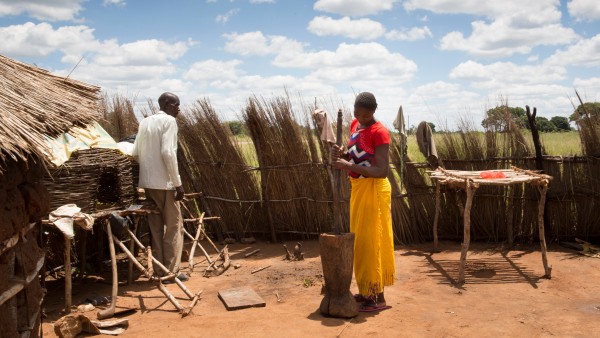
Participation
In the vicinity of Sioma in Western Zambia, local residents have relocated their fields so that a conservation area can be created around the Ngonye Falls waterfall. They hope that the tourists will bring work and income.
This is because the political conditions in the countries are as diverse as the landscape. In Angola, for example, the civil war that lasted 27 years clearly left its mark. Until recently, President José Eduardo dos Santos had defended his rule for more than twenty-five years – much in the same way as Zimbabwe's head of state Robert Mugabe with his autocratic style of governance.
By contrast, Botswana has a functioning democratic system, while the presidential democracy in Namibia is considered modern among the KaZa member states. In cooperation with the WWF, Namibia has developed a particularly innovative approach to nature conservation, which gives the communities around the national park a share in tourism revenues. This approach is to be rolled out in other KaZa countries.
"One of the greatest challenges with such a project is that some of the partners have made great progress and others still have huge problems to solve", said Nils Meyer, who took over the role of project manager in 2014 from Ralph Kadel at KfW Development Bank. "We support the countries in working together and learning from each other as partners."
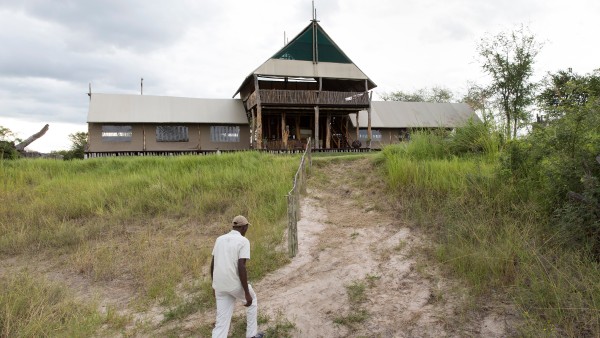
Comfort
The Caprivi Strip in Namibia is a great tourist attraction. Visitors can stay in lodges that provide jobs for the local population. Lease payments are also made to the local communities.
Today, the KaZa Secretariat in northern Botswana coordinates the partnership with KfW and other donors. The promotional bank is supporting the KaZa Secretariat and the partner countries in creating a cross-border visa system for the KaZa territory, one that will finally be valid for all five countries. This would make it easier for tourists to travel in the KaZa region, but it is not an easy undertaking, as the pilote project with Zambia and Zimbabwe has shown. The hurdles between the neighbouring countries and among the authorities and interest groups involved are enormous, and it is hard to overcome them.
For Zambia and Zimbabwe, it has meanwhile been possible to completely transfer a common visa into routine operation. Botswana and Namibia are showing interest and willingness to engage in a joint visa. But there are still many questions and details to be clarified, resistance to be overcome and approvals to be obtained. "With a project the size of KaZa, we must proceed step by step. And we cannot always make direct progress, there are hurdles and setbacks to negotiate, too", said Meyer. It is not clear whether and when a visa will become available for all of the countries.
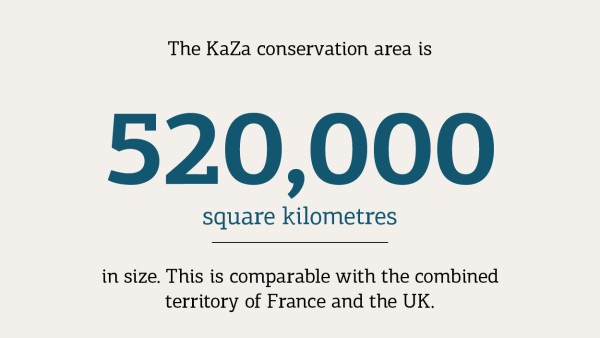
Travelling to Botswana and Namibia is not difficult anyway: at the border checks in both countries, travellers receive a free entry stamp in their passport that is valid for 90 days. When travelling to Zimbabwe, Zambia and Angola, on the other hand, a visa application must be submitted to the respective embassy, and so this time has to be factored in. A 30-day visa currently costs EUR 30 to 80 for Zimbabwe and Zambia, depending on how often you want to travel in and out of the country. A 1-day visa between the two countries is currently available for almost EUR 20, if you want to make a trip from Victoria Falls (Zimbabwe) to Livingstone (Zambia) for example. For an Angolan visa, however, you have to dig deeper into your pocket, as the embassy demands EUR 150 alongside proof of a yellow fever vaccination.
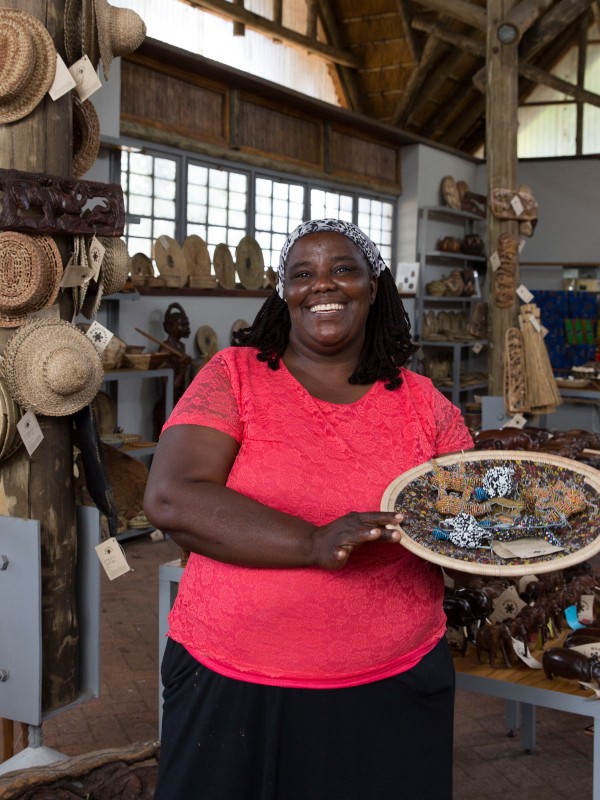
Handcrafts
Jannet Matota from the Namibian non-governmental organisation IRDNC advises Namibian "conservancies" on how they can generate more revenue. For example, with high-quality handcrafts: 60 percent of the income goes to the producers, 40 percent to the local authority.
And those employed by the programme want to improve the conditions under which people live and work in the KaZa region. Some of them have already worked in the national parks and reserves that lie in the KaZa area for decades. Appropriate accommodation for the park staff, clean water, vehicles and track roads – all this was lacking before the cross-border conservation area was established. "The better transportation network in particular helps us to work much more effectively today", said Kekelwa Lubasi, praising the changes since the opening of KaZa. Together with her team, she works in the Sioma Ngwezi National Park in Zambia, which today is also part of KaZa. If Lubasi and her colleagues are out on patrol, they can now communicate with the headquarters. When problems arise they are no longer left to their own devices in the territory of the park that stretches over 5,000 square kilometres.
Lubasi is especially impressed by the approach that involves the local people in nature conservation, thereby providing them with new job opportunities. "For the population to support us in our sustainable management of the animals, they need to understand better how they too can benefit from the local environmental resources", revealed her colleague Likando Imangolwa. This is why "Village Scouts" educate local residents about the value of the natural resources that are taken for granted right on their doorstep. The more people can be persuaded of the importance of KaZa, the more responsibly they will use their environment and benefit from tourism.
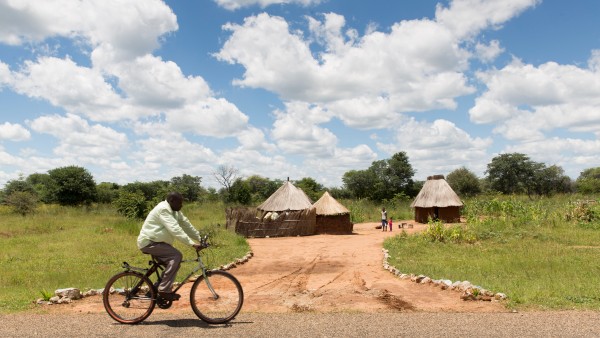
Conservation as a source of income
The people in Western Zambia are poor, they live in mud huts with thatched roofs and have no access to running water. This is why KaZa is also seen as a strategy to reduce poverty.
To raise awareness about the park among environmentally conscious visitors from abroad, KfW is also supporting KaZa in developing a brand, and presenting it at the ITB Berlin tourism trade fair. "Many tour operators, for whom KaZa is an increasingly popular destination, attach great importance to introducing the tourists to the local population", states team head Carsten Sandhop. This is where Ranger Lubasi plays a role, for example. She guides groups of visitors through her park.
Forging stronger links with the locals is also one of the objectives of KfW subsidiary DEG – Deutsche Investitions- und Entwicklungsgesellschaft mbH, which was accredited by the KaZa Secretariat in March 2014. In the long-term, DEG wants to finance privately-run, sustainable accommodation – "lodges" – for environmentally conscious tourists. "We have already studied interesting lodge concepts in Namibia, Botswana, Zambia and Zimbabwe", said DEG tourism expert Valentina Zeisler. Together with a consultant, she explored the KaZa region for concepts that could be adopted. "We were particularly impressed when the impact was immediately visible to us, such as the lodge owners sponsoring schools and first-aid stations. It is very important to us that the populations are involved at the lodge locations in the best way possible."
The described project contributes to the following United Nationsʼ Sustainable Development Goals
Goal 8: Promote inclusive and sustainable economic growth, employment and decent work for all
The economic growth of the past decades has come at the expense of natural resources and the global climate, and has long since reached ecological limits. If all people were to be given access to the quality of life that people accept as a matter of course in Germany, several planet Earths would be required to sustain it. Sustainable economic development reconciles social, ecological and economic development goals.

All United Nations member states adopted the 2030 Agenda in 2015. At its heart is a list of 17 goals for sustainable development, known as the Sustainable Development Goals (SDGs). Our world should become a place where people are able to live in peace with each other in ways that are ecologically compatible, socially just, and economically effective.
Published on KfW Stories: 17 March 2017, last updated 28 October 2021

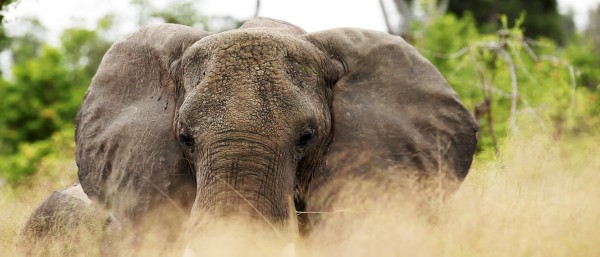

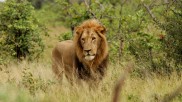
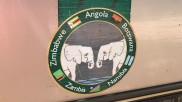
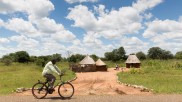
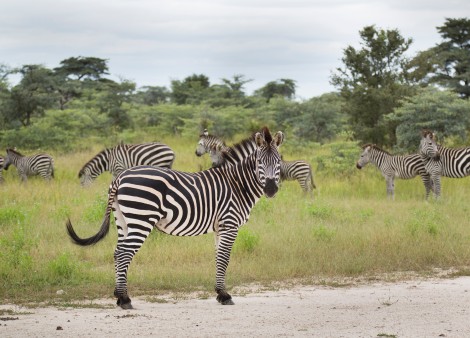
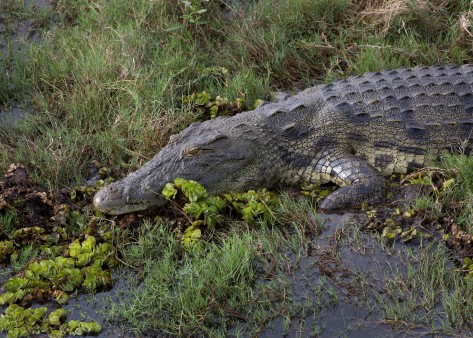
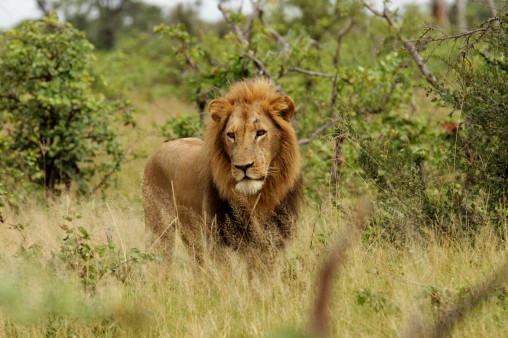
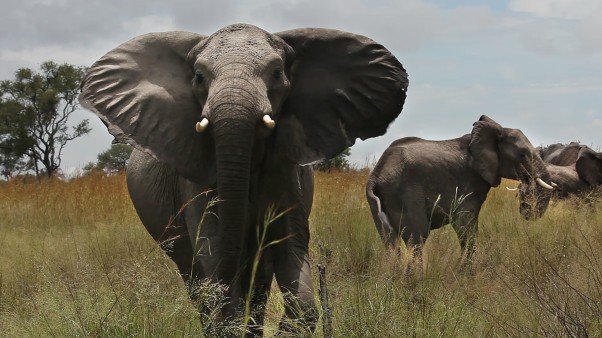
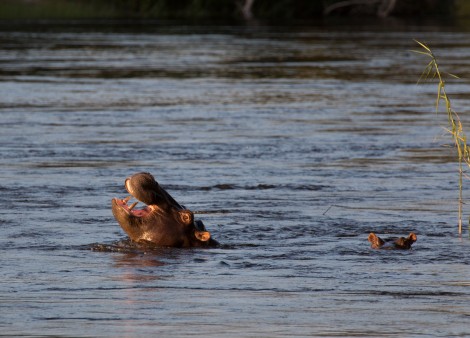
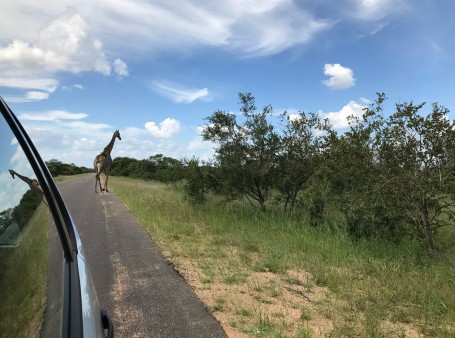
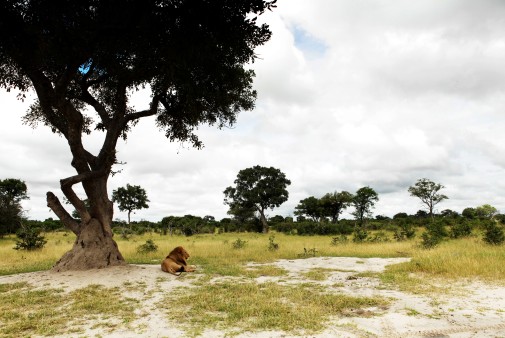
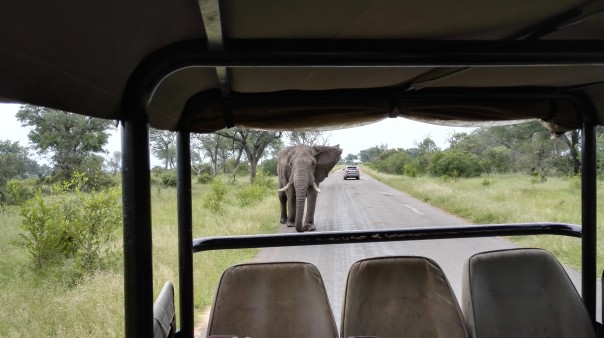
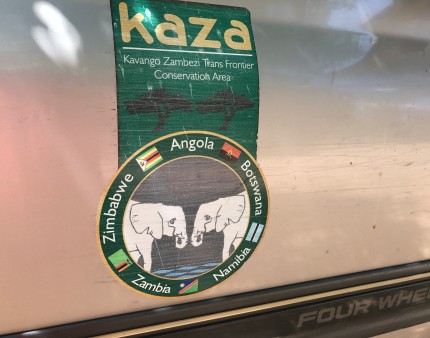
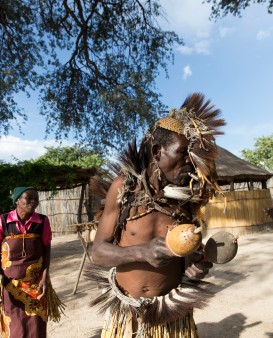
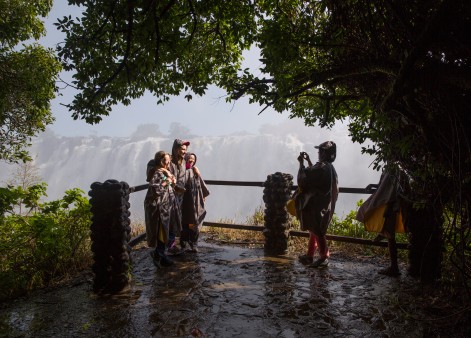
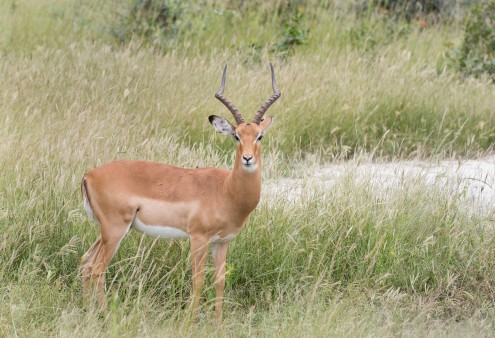
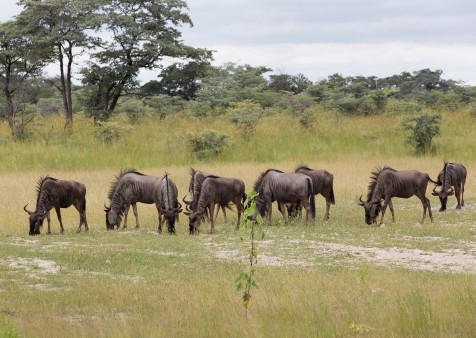













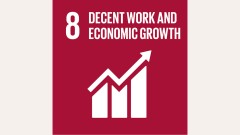
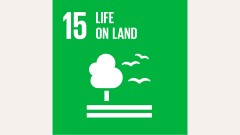
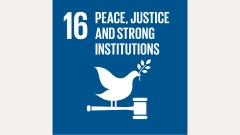
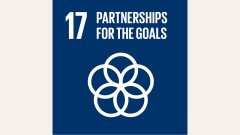
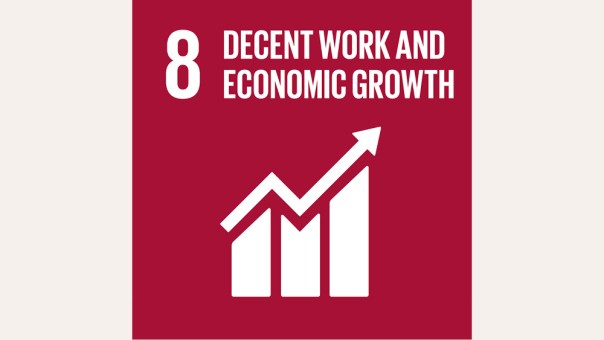
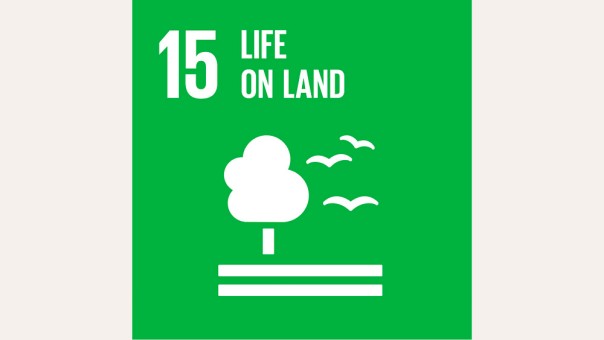
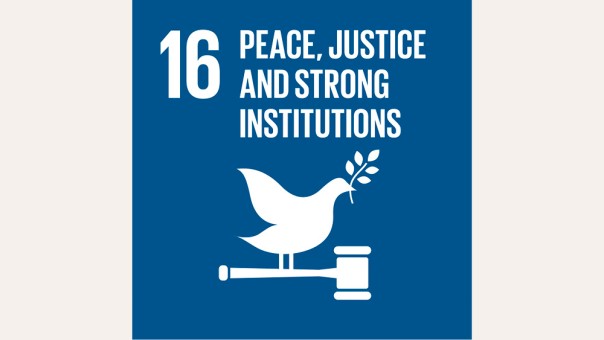
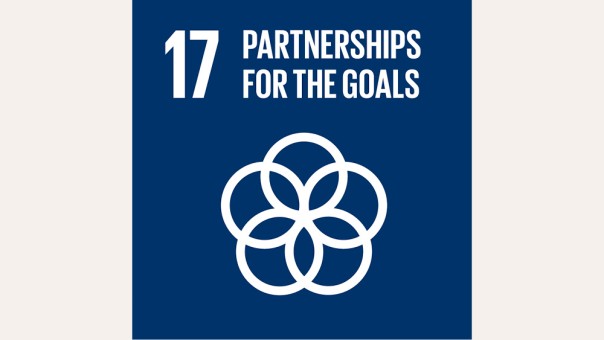
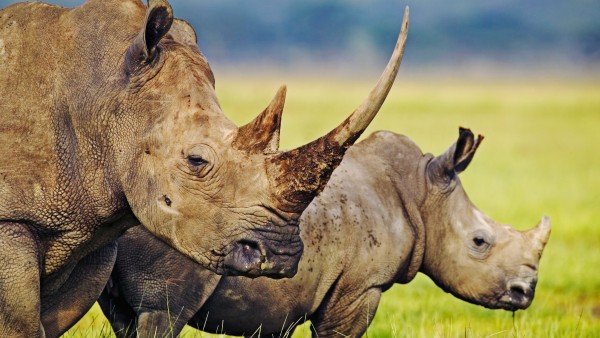
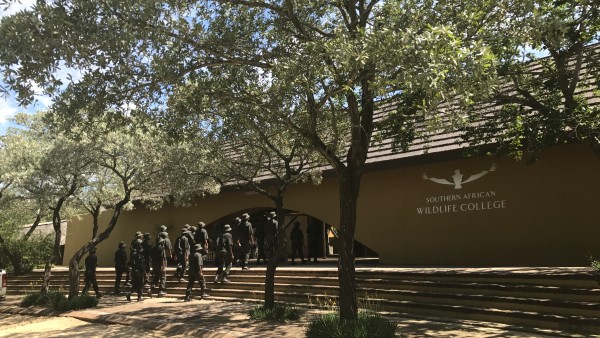
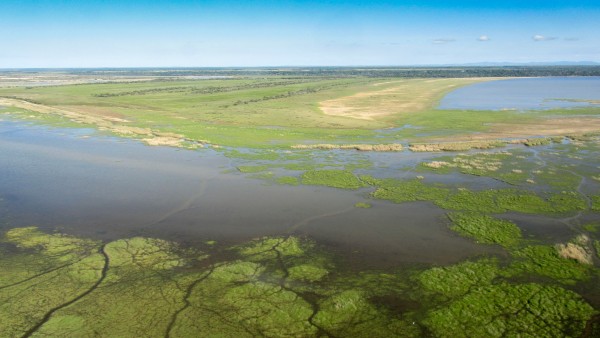
Data protection principles
If you click on one of the following icons, your data will be sent to the corresponding social network.
Privacy information